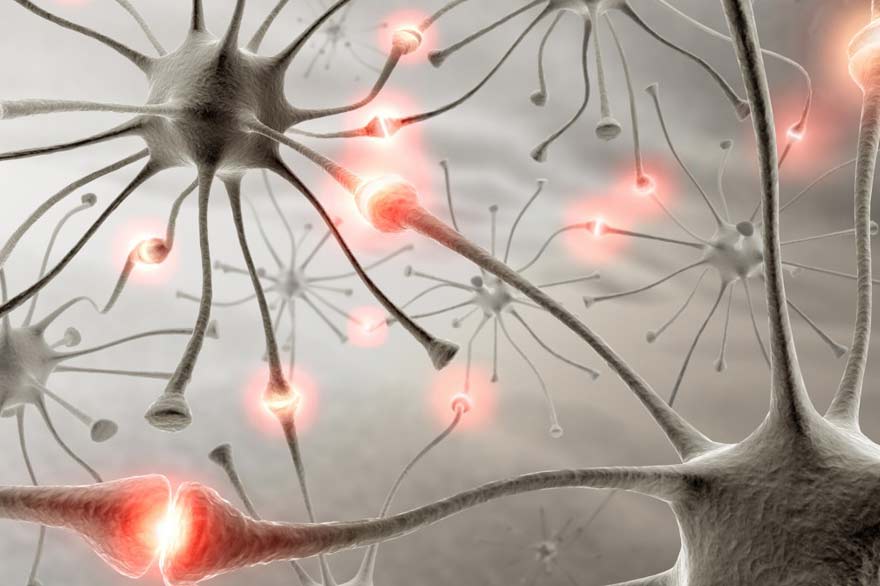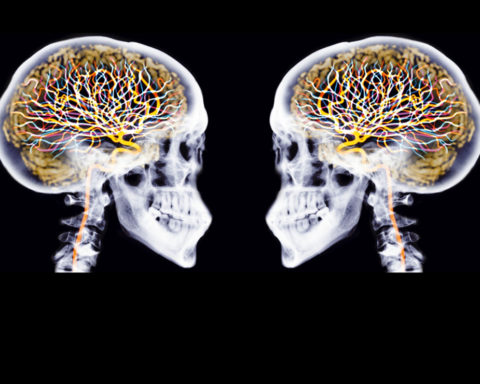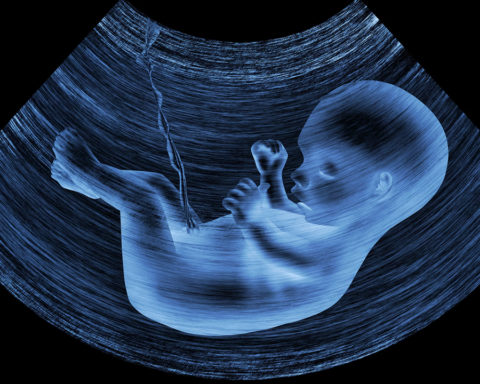How to treat neuropathic pain, a chronic disease that affects 7 to 10 % of the French population and for which no treatment is effective? The solution would come from researchers at the Institute of Neurosciences of Montpellier (Inserm/University of Montpellier) and the Laboratory of Therapeutic Innovation (CNRS/University of Strasbourg). (1) which have highlighted the mechanism responsible for the onset and maintenance of pain. Thanks to their discovery, they have developed an innovative treatment prototype that shows, in animal models, an immediate and lasting therapeutic effect on painful symptoms.
Aneuropathic pain is the result of damage to the peripheral nerves caused by conditions such as diabetes, cancer or shingles, or caused by accidental trauma or surgery. Or again after operations for herniated discs, spinal cord injury, neuronal diseases...: between 3 and 4 million French people suffer from neuropathic pain, rebelling against conventional analgesics.
French researchers have just highlighted an unexpected role in chronic pain of a particular molecule called FLT3, known for its role in various blood functions and produced by the hematopoietic stem cells that are at the origin of all blood cells. In this study, the researchers showed that blood immune cells that invade the nerve at the site of injury synthesize and release another molecule, called FL, which binds and activates FLT3, triggering a chain reaction in the sensory system that causes pain. They have shown that FLT3 induces and maintains pain by acting far upstream on other components of the sensory system, known to make pain permanent: this is the phenomenon of "chronicisation".
In addition to discovering the role of FLT3, the researchers created, by computer screening three million possible configurations, an anti-FLT3 molecule (BDT001) targeting the FL attachment site. This molecule blocks the binding between FL and FLT3, thus preventing the chain of events leading to chronic pain. Administered to animal models, BDT001 reduced typical neuropathic pain symptoms such as hyperalgesia, an increased painful sensation, or allodynia, a painful reaction to normally non-painful stimuli, within three hours, with an effect that persisted for 48 hours after a single administration.
Neuropathic pain, which affects about 4 million people in France, is a disabling disease with a very high social cost. Current treatments, mainly consisting of repositioned drugs, such as antidepressants and antiepileptics, highly concentrated capsaicin patches or lidocaine plasters, are often not very effective: less than 50 % of patients achieve a significant reduction in their pain. In addition, they can generate significant side effects. While pain management is a public health priority in France, the results do not always live up to expectations. Among the French suffering, patients with neuropathic pain are very often in deep distress.
Neuropathic pain is characterized by a permanent painful burning background with sometimes stabbing, burning or electric shock sensations, which considerably impairs patients' quality of life. These painful paroxysms can be spontaneous or induced by cold, touch, emotions, fatigue..." says Prof. Serge Blond, head of the neurosurgery department, coordinator of the Pain Assessment and Treatment Centre of the C.H.R.U. of Lille. These sensations are generally accompanied by tingling or itching. These symptoms are the result of a lesion or dysfunction of the nervous system.
The development of therapeutic innovation (2) research work is carried out by the French startup Biodol TherapeuticsThis could lead to the development of the very first specific therapy for neuropathic pain and ultimately provide relief for many people.
This study was published on March 12, 2018 in Nature Communications.
(Source: CNRS)

(1) This work also involves researchers from the Institute of Functional Genomics (CNRS/Inserm/University of Montpellier).
(2) This project was notably financed by the ANR and the SATT AxLR of Montpellier. Inserm has licensed the exploitation rights of the patents attached to this discovery (WO2011/083124 and WO 2016/016370) to Biodol Therapeutics, a young startup based in Montpellier and Strasbourg and supported by the BPI and the Occitanie Region.
Bibliography :
Inhibition of neuronal FLT3 receptor tyrosine kinase alleviates peripheral neuropathic pain in mice. Cyril Rivat, Chamroeun Sar Ilana Mechaly, Jean-Philippe Leyris, Lucie Diouloufet, Corinne Sonrier, Yann Philipson, Olivier Lucas, Sylvie Mallié, Antoine Jouvenel, Adrien Tassou, Henri Haton, Stéphanie Venteo, Jean-Philippe Pin, Eric Trinquet, Fabienne Charrier-Savournin, Alexandre Mezghrani, Willy Joly, Julie Mion, Martine Schmitt, Alexandre Pattyn, Frédéric Marmigère, Pierre Sokoloff, Patrick Carroll, Didier Rognan & Jean Valmier. Nature communications, March 12, 2018. DOI: 10.1038/s41467-018-03496-2












